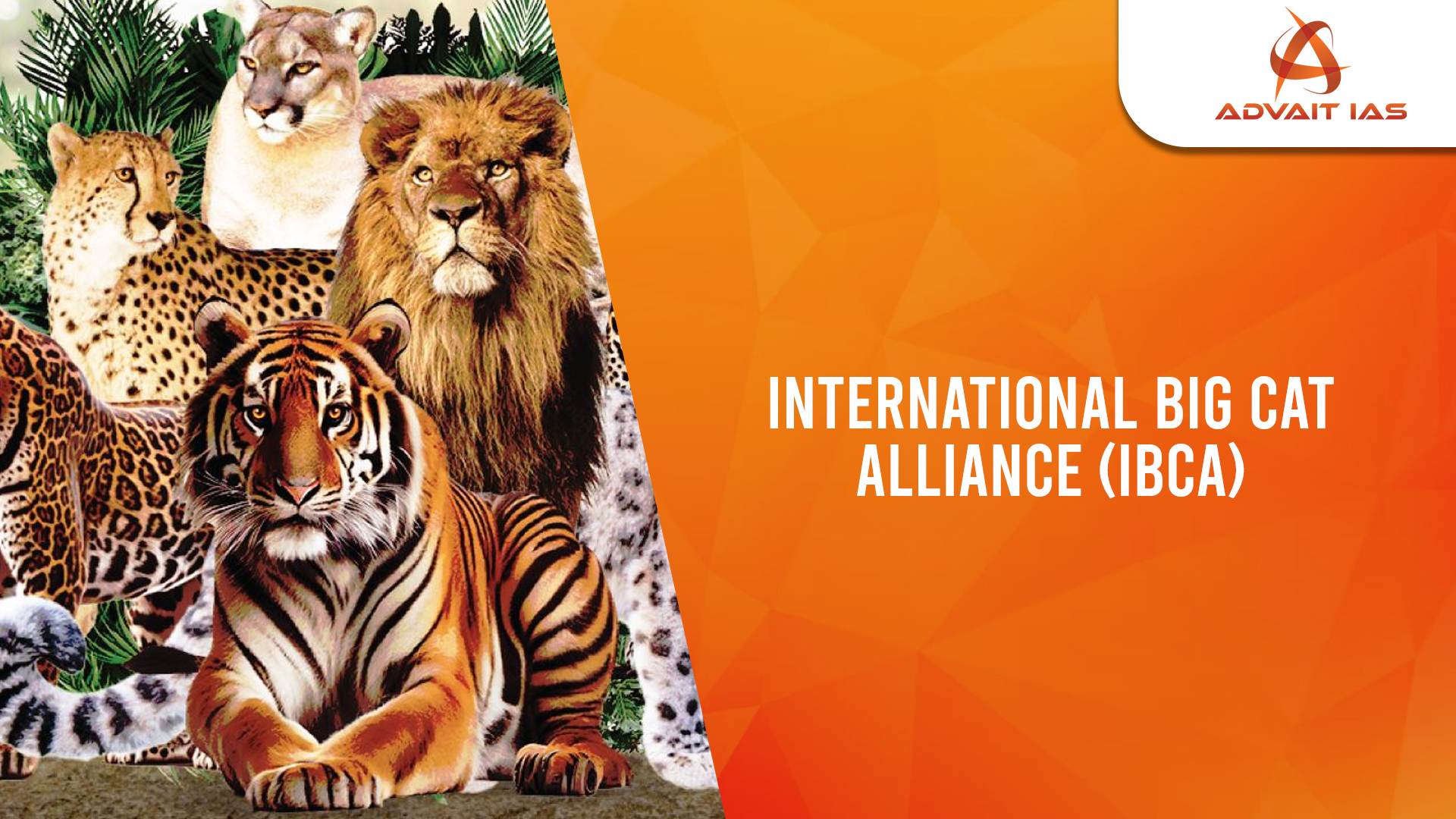The first Assembly of the International Big Cat Alliance (IBCA) was held in New Delhi on June 16, 2025.
- Union Minister Bhupender Yadav was endorsed as President of IBCA by nine participating countries.
- Marked a significant step in global big cat conservation cooperation.
What is IBCA?
- Launched: March 2024, by the Government of India through the National Tiger Conservation Authority under MoEFCC.
- Objective: Conservation of seven big cats:
- Tiger, Lion, Leopard, Snow Leopard, Cheetah, Jaguar, and Puma.
- Vision:
- Promote global collaboration,
- Consolidate and replicate best conservation practices,
- Foster synergy among range countries.
Structure and Membership
- Initial funding: ₹150 crore (2023–24 to 2027–28).
- Range Countries: 95 globally, including Canada, Brazil, Iran, Russia, USA.
- Members as of Sept 2024: 25 countries (e.g., Bangladesh, Egypt, Peru, Kenya, Rwanda).
- Membership Open to: All UN member states via a framework agreement and Note Verbale.
First Assembly Highlights
- Held in New Delhi with participation from:
- Bhutan, Cambodia, Eswatini, Guinea, India, Liberia, Eswatini, Somalia, Kazakhstan.
- Ratification of Headquarters Agreement enables establishment of IBCA HQ in India.
- Emphasis on collective action, information-sharing, and capacity-building.
Rationale behind the initiative:
- IBCA was announced by PM Narendra Modi in 2023 at Mysuru, on the 50th anniversary of Project Tiger.
- India’s tiger population had plunged from ~40,000 (1947) to ~1,800 (1970) due to poaching and habitat loss.
- Apex predators regulate ecosystems:
- Control prey population
- Prevent overgrazing, wildfires, and disease spread
Ecological Significance of Big Cats
- Keystone species that maintain biodiversity.
- Their conservation:
- Protects entire ecosystems
- Conserves soil, stores carbon, regulates water cycles
- Supports climate adaptation and disaster mitigation
- Controls zoonotic disease spread through healthy ecosystems
India’s Role and Achievements
- Home to 70% of world’s tiger population – over 3,600 tigers.
- Project Tiger (1973): Created tiger reserves in Assam, Bihar, Karnataka, MP, Maharashtra, Odisha, Rajasthan, UP, WB.
- Key reserves: Kanha, Jim Corbett, Bandipur
- Major contributor to global conservation dialogue through initiatives like IBCA.
Ongoing Challenges
- Deforestation, habitat fragmentation, and man-animal conflict
- Poaching networks are now:
- More agile, fewer middlemen
- Linked to arms and narcotics smuggling
- Need for enhanced intelligence, technology use, and community involvement.
Way Forward
- Strengthen transnational cooperation through IBCA.
- Ensure sustainable financing, scientific research, and community participation.
- Utilize platforms like IBCA to align with global biodiversity frameworks (e.g., Kunming-Montreal Global Biodiversity Framework).
- Develop early-warning systems, strengthen anti-poaching laws, and promote eco-development.






